There’s a huge mismatch going on in marketing.
54% of all B2B leads come from referrals, but only 10% of most marketing budgets are allocated to customer marketing.
Typically, marketing is focused on driving interest to help make the initial sale, whereas sustainable growth lies in building long-term customer relationships.
So, how can marketers influence customer behavior after the initial sale, drive more revenue, create a self-perpetuating lead engine, and do it all on reduced budgets?
The answer is two-fold;
- Look at how your marketing team can market across the entire Relationship Loop
- Think about how you can do more with less leveraging automation
For many marketing teams who concentrate on driving leads, this can be a seismic shift in approach.

To help you get started, in this article, we’ll explore why marketers should think bigger and look to build ongoing and profitable relationships with their customers.
We’ll also look at how they can cost-effectively use automation to market across the Relationship Loop.
To begin with, let’s examine why the relationship loop is such a crucial source of revenue that marketers should focus on.
Why the Relationship Loop is a crucial revenue source
The Relationship Loop is our take on the customer journey.
It’s our way of updating and improving customers' overall experience, using marketing to build stronger, longer, and more profitable business relationships.
The relationship loop covers seven unique phases in the customer lifecycle, allowing marketers to intervene at each stage and influence customers.
Defining the 7 Stages of the Relationship Loop:
- Awareness - becoming familiar with the specific products that solve their problems.
- Research - initial fact-finding to solve their business problems.
- Evaluation - choosing between different products to find the right solution.
- Purchase - deciding to invest in your product or service.
- Retention - continuing to use your product and remain a customer.
- Expansion - doubling down on product usage and increasing their spend with you.
- Advocacy - being so satisfied with your product that they tell others about it.
Not only can this help marketers contribute to the initial sale - and do more than generate leads - but it also offers enormous potential to boost post-sale revenue.
While the initial sale undoubtedly significantly impacts top-line revenue, high retention levels and ongoing upsells make growth sustainable.
This is because acquiring a new customer is between 5 and 25 times more expensive than retaining a new one, while upsells can increase customer lifetime value by 20-40%.
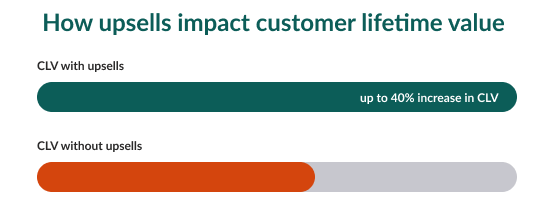
Combine this with a ready-made source of leads thanks to customer referrals, and it’s clear that marketing in this way is a crucial revenue generator.
Why is Marketing Automation going to help you?
87% of marketing teams use marketing automation, which can cover everything from dynamic web forms and lead scoring to live chat and reporting.
However, 63% of marketing teams use email as their primary automation channel.
Almost half of marketers have automated at least some of the broader customer journey, but only 10% have fully automated it.
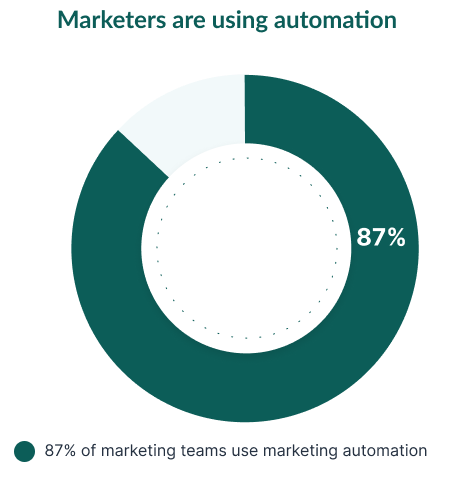
This presents you with an opportunity to differentiate yourself from your competitors and move towards mostly or entirely automating every phase of the Relationship Loop.
But why should you embrace marketing automation across the customer journey?
Put simply, marketing automation will help you to work smarter and do more with less. In practice, this means that you’ll be able to;
- Work more efficiently by taking care of repetitive tasks so you can be more strategic.
- Improve conversion rates and marketing results through optimized campaigns.
- Make data-driven decisions and offer high levels of personalization as standard.
76% of companies report a positive ROI on marketing automation within a year.
Meanwhile, 43% of marketers believe it helps to improve the overall customer experience.

The case for leveraging marketing automation to drive revenue across the relationship loop is clear, but you may need some tips to get started using it.
How can you use automation across the Relationship Loop to drive revenue?
73% of marketers say they find marketing automation challenging to implement in their businesses.
But when done right, the average return on investment from marketing automation is a staggering 544%.
Marketers can further boost the ROI of automation by using it to help drive revenue across the Relationship Loop.
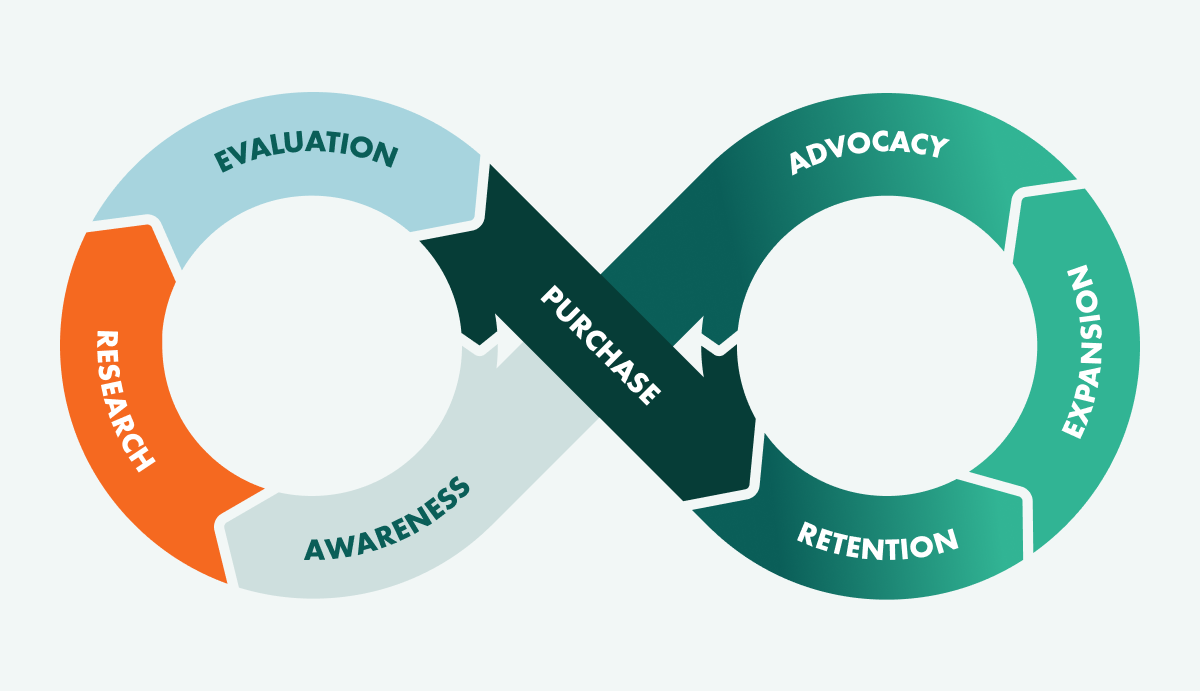
As you know by now, the Relationship Loop comprises seven unique phases your customers should experience during their time with you;
Research, Awareness, Evaluation, Purchase, Retention, Expansion, and Advocacy.
Each phase offers marketers a unique opportunity to drive revenue, particularly when aided by automation.
1. Awareness
In the awareness phase of the Relationship Loop, your prospects are aware of your product as a potential solution.
Typically, this means they’ll engage more with your content and begin to explore the features you offer and how everything works.
By the end of this phase, you want your customers to become not just aware of your product or brand but ‘most aware’ of it as a serious option to evaluate further.
Two ways that marketing can support this phase with automation are marketing flows and AI-assisted email campaigns.
Marketing flows - are a great way to use automation to help cement the relationship with your prospect by pre-empting their every move.
Your prospects' actions and clicks on your emails and websites are vital intelligence that helps you understand more about what they’re looking for.
Leveraging marketing flows allows you to set up automated sequences based on a prospect's actions and deliver them the right content or intervention from your team.
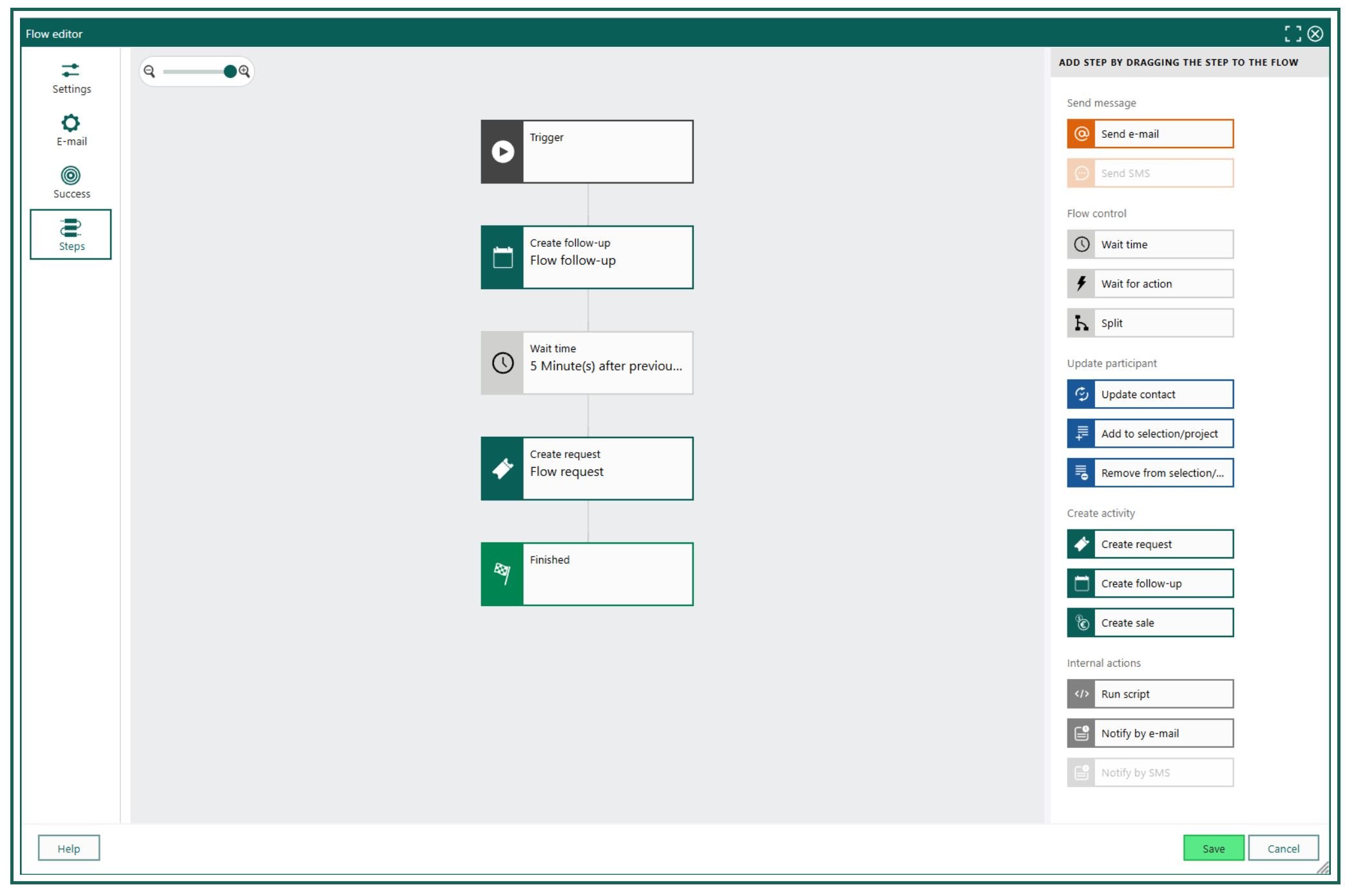
AI-assisted Email Campaigns - can be used in conjunction with marketing flows to create highly relevant and helpful email content at scale.
Because you can set up several different marketing flows to support various use cases, creating enough content for them can be challenging.
Leveraging an AI-assisted email tool gives your marketing team a head start. They can confidently create all the needed assets without worrying about the time it will take.
Built-in tools, such as custom image creation and smart suggestions for headlines, CTAs, and body copy, allow them to create the perfect email campaign in seconds.
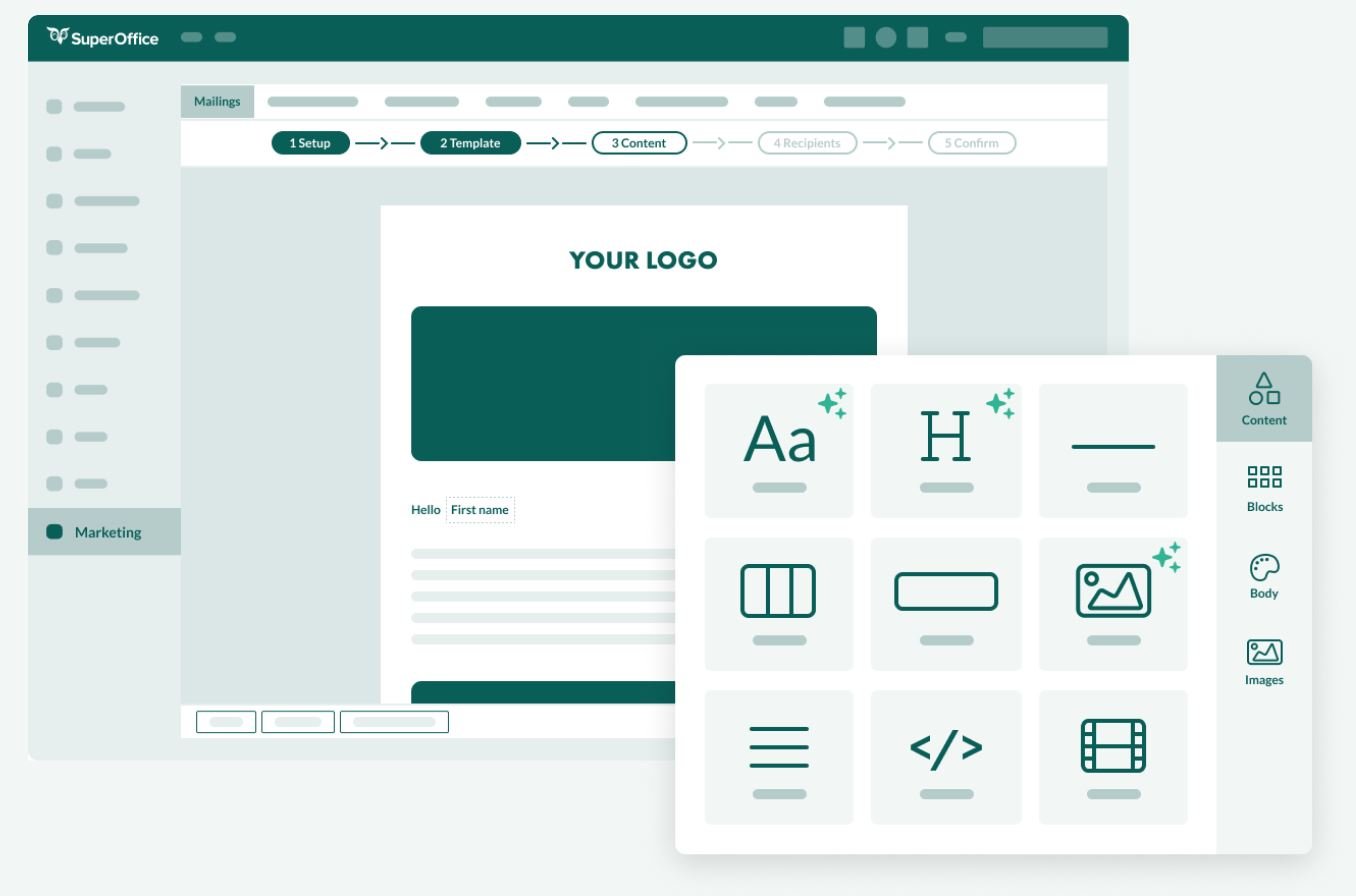
Using automation and AI like this will help your marketing team move closer to driving revenue by further qualifying prospects and increasing their chances of buying your product.
2. Research
During the research phase, your potential customers start to discover ways in which they could potentially solve their business problems.
These prospects are at the top of your marketing funnel and will likely search online for relevant information.
As marketers, your job is to have the right content available to help prospects in the research phase. This content could include blog posts, webinars, or social media posts.
But what can you do once you’ve captured their attention and engaged them with your content? This is where automation comes in.
Three initial steps you can take are:
Dynamic web forms: use specially configured web forms to capture the intent of your readers, automatically segment them in your CRM, and apply lead scoring.
Personalized email nurturing: use the information collected from your dynamic web forms to send personalized email content relevant to the reader and their research.
Retargeting: to help you keep this potential prospect coming back for more, don’t be afraid to set up automatic retargeting to display relevant ads to them once they’ve left your website.
Adding this automation layer to your top-of-funnel marketing will help you drive these prospects onto the next stage of the Relationship Loop and get closer to revenue.
3. Evaluation
In the evaluation phase, things start to get serious for your prospects as they compare your product against your competitors.
As marketers, you need to pull out all the stops to supply these potential customers with the right information to help sway their decisions and convince them to choose your product.
You can use the same email-based automation tools as in the Research and Awareness phases, but there are a few specific ways to use them during the evaluation phase.
Demo invitations: Once your prospect has engaged with a certain amount of content or specific content on your website, you can send invitations to live or pre-recorded demos.
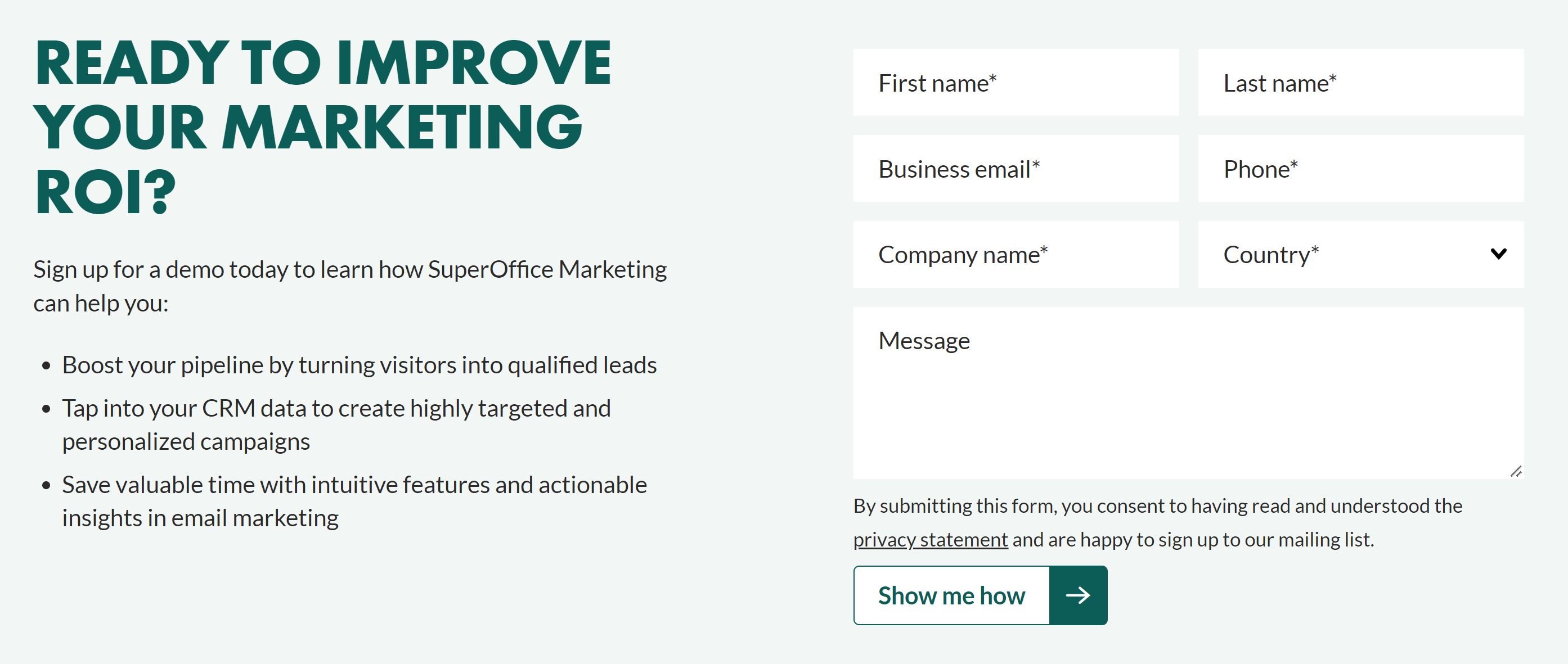
Lead scoring: Tracking your prospects' engagement levels also means you can flag it with your sales team and indicate that the prospect is ready to buy.
Follow-up sequences: Once your potential customers have attended a demo, you should send them information, including industry-specific case studies, to help overcome objections.
Free trial workflows: If your pre-sales process includes a free trial, you should create an automated email campaign with' how-to’ tips that set the prospect up for success.
Adding automation like this is a scalable way for marketers to drive revenue by securing as many high-quality prospects who are ‘ready to buy’ as possible. However, marketers and marketing automation can be used for more than just pre-sales, as we’re about to find out.
4. Purchase
At this point in the Relationship Loop, it’s typically down to the sales team to take all the interest the marketing team has generated and turn that into revenue.
However, there are still several ways marketing automation can help secure that revenue and bring the customer on board.
Personalized emails: After an event, such as a demo or proposal review, prospects should receive relevant follow-up emails from your sales rep, including a case study or special offer.
Stakeholder messaging: We all know that in B2B sales there are often multiple stakeholders to engage with. Sending relevant emails can help get them ‘on side’ quickly.
Reminder emails: A sale isn’t done until the paperwork is signed. If progress is slow, automated reminder emails after ‘X’ days can help regain momentum and secure the sale.
Re-engagement emails: Sometimes, even the most engaged prospects can go cold. Automated email sequences can warm them back up and keep the deal on track.
Hand-off emails: For a seamless experience, you should create high-quality emails to transition customers to your Customer Success team, triggered once contracts are signed.
Following the post-sale hand-off, the marketing team can still use marketing automation to help secure and drive revenue across the rest of the Relationship Loop.
5. Retention
The retention phase of the Relationship Loop is where customer marketing kicks in.
However, as mentioned earlier, despite customer marketing being so critical, 90% of marketing budgets are spent to attract new customers and close the initial sale.
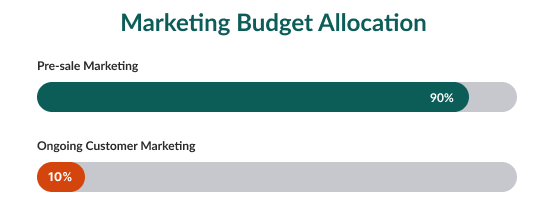
This means that marketers need to be especially smart and resourceful from now on to maximize the impact of the remaining 10% of the budget and help drive revenue.
The Relationship Loop's retention phase is about making your new customers happy and ensuring they remain customers for the long term.
There are several ways in which your marketing team can take advantage of marketing automation to improve retention rates. These include;
Onboarding & Training: marketers should work closely with Onboarding teams to produce automated emails to help ensure high-quality onboarding and training for new customers.
Seeking Feedback: so your customers feel listened to, your marketing team should create automated email sequences collecting survey feedback for measures like NPS or CSAT.
Customer education: training and development of your customers shouldn’t end with onboarding. Marketers should set up evergreen customer education email sequences.
Usage-based: using your 360° view of the customer, you can monitor usage trends and send emails triggered by events, such as to users who haven’t logged in lately.
Renewal reminders: using the contract renewal dates in your CRM, your marketing team should set up automatic renewal emails to be triggered and sent ‘X’ weeks before renewal.
Taking these measures will allow your marketing team to help retain revenue, but they can also contribute to revenue growth in the expansion phase of the Relationship Loop.
6. Expansion
The average Net Revenue Retention rate for a B2B SaaS product is 103-105%.
Net Revenue Retention looks at the total customer revenue retained each year. Scores over 100% indicate that you’ve not only retained revenue but expanded it, too.

This is where the Expansion phase of the Relationship Loop comes into play. As marketers, this is your chance to contribute to upsells and cross-sells that earn additional revenue.
There are three ways that you can consider automating upsell offers and communications with existing customers;
Segmented: Create an offer for a specific segment of your customer base and set up an automated sequence to be sent when a customer falls into that segment.
Behavior-based: if a customer takes a specific action, such as trying to use a feature not on their price plan, then schedule emails to react to this behavior with an upsell offer.
Account-based: similarly, if a customer is reaching account usage limits, your marketing team can prepare an email to be sent automatically to suggest an upgrade.
Automation like this to monitor your customers can help your marketing team successfully drive new revenue from existing customers.
However, your marketing team will also need to consider automating advocacy to close the Relationship Loop and achieve 54% of B2B leads from referrals.
7. Advocacy
The final part of the Relationship Loop is advocacy. By this point, you should have happy, successful customers willing to tell others about their experience with you.
While successful customer advocacy and loyalty program management aren’t solely the responsibility of your marketing team - there is a lot they can do to help.
Three evergreen automated email sequences that your marketing team can set up to help encourage customer advocacy are;
Automated referral emails: ‘You don’t ask, you don’t get’ as the saying goes. So, consider setting up an automated email to ask successful customers directly for a referral.
Automated testimonials: another way your customers can become advocates is through testimonials, which you can request via an automated email sequence.
Automated Reviews: during the evaluation phase, prospects will look at third-party review sites like G2 or Capterra, so consider automating review requests, too.
Of course, leveraging marketing automation across the customer Relationship Loop requires the right tools and data.
So, consider how a CRM can help you capture customer-related data and automate its use to influence customer behavior throughout their time with you.
How can a CRM help you with marketing automation across the Relationship Loop?
Your marketing team’s job shouldn’t end at generating leads for the initial sale.
For companies that want to focus on sustainable, long-term growth, marketing's real impact should be felt throughout the customer lifecycle.
However, customer marketing budgets are typically squeezed to allow most money to be spent on attracting new business.
But that’s not the only obstacle for marketers to overcome.
For marketing campaigns to succeed at every stage of the Relationship Loop, marketers must also work in lockstep with their colleagues in sales and service.
To guarantee that your marketing, sales, and service teams are all working together in your customers' best interests, you’ll need a central source of truth for all your customer data.
A unified CRM platform like SuperOffice helps bring together marketing, sales, and service data to create a 360° view of the customer and their experience with your company.
Not only that, but SuperOffice has integrated marketing automation with its CRM to help you drive growth across customer touchpoints.
SuperOffice offers several features to help you gather customer data and automate marketing across the Relationship Loop, including;
- Automation of repetitive tasks, including support ticket escalation
- Advanced marketing and personalization options to tailor every message
- Setup automated actions after your customer clicks on tracked links
- Easy to use automation to deliver messages exactly when customers need them
- And much, much, more…
Ready to build long-term customer relationships and sustainable growth through marketing?
Book a demo of SuperOffice today and learn how we can help you boost revenue using marketing automation across the Relationship Loop.



